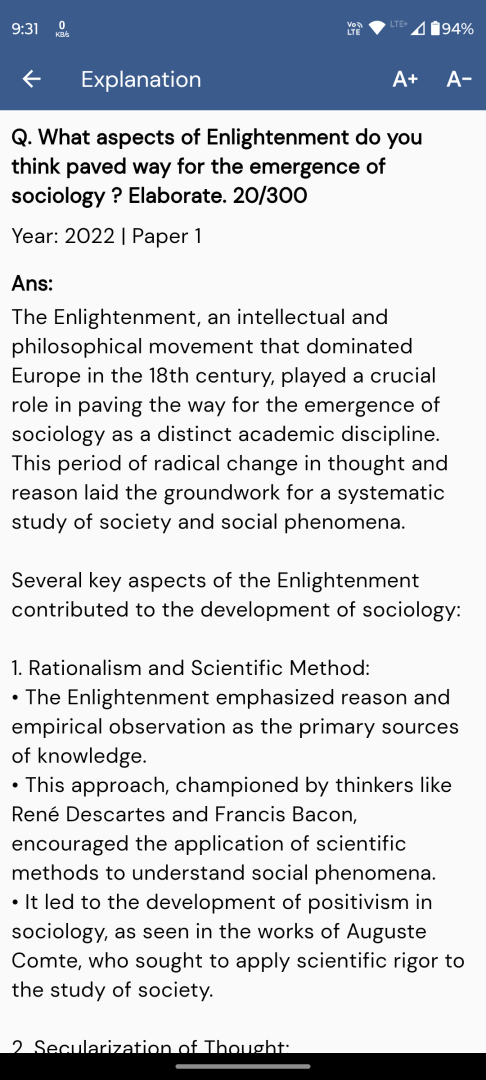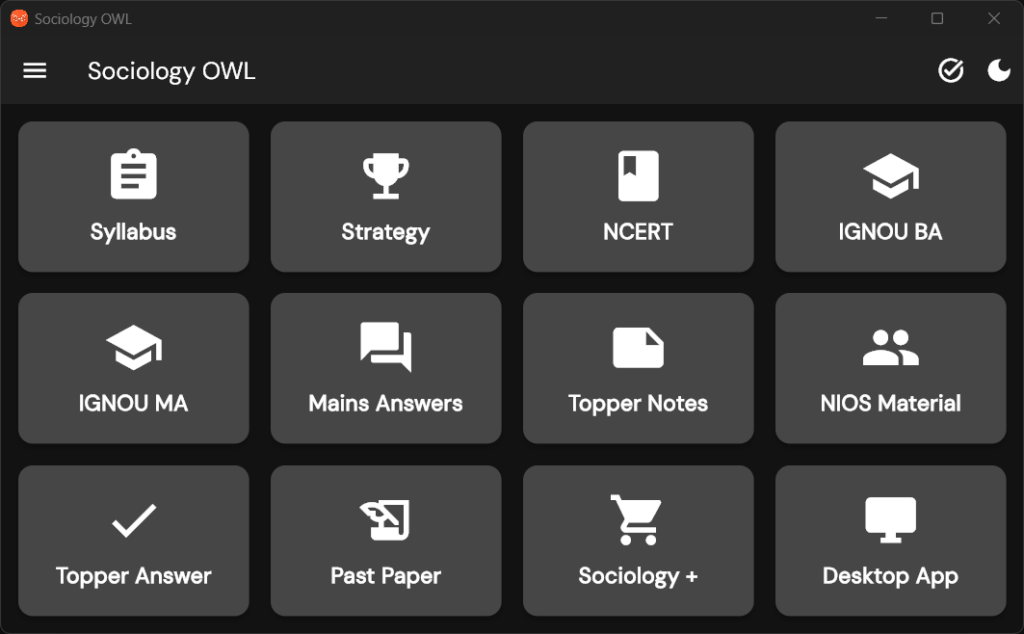Q. Describe the main features of Indian new middle class. How is it different from the old middle class?
UPSC Sociology 2025 Paper 2
Model Answer:
Indian New Middle Class: Features and Distinctions
The Indian new middle class emerged post-1991 economic liberalization, shaped by globalization and market-driven economy, possessing distinct characteristics that differentiate it from the pre-liberalization old middle class.
Main Features of the New Middle Class
As analyzed by sociologists like Pavan Varma and Leela Fernandes, this class exhibits:
• Economic Base: Predominantly employed in private sector—IT, finance, media, telecommunications—unlike old middle class’s public sector dependence
• Consumption Culture: Characterized by aspirational consumption, brand consciousness, and credit-financed lifestyle (EMIs), marking shift from saving to spending culture
• Global Outlook: Cosmopolitan, individualistic orientation with English as primary professional language, prioritizing personal achievement over collective values
• Urban Concentration: Overwhelmingly urban phenomenon, concentrated in metropolitan and Tier-II cities where service economy thrives
Distinctions from Old Middle Class
The contrasts are fundamental:
• Economic Ethos: Old middle class valued frugality and job security; new middle class embraces risk-taking and investment
• Employment Pattern: Shift from government ‘babus’ and traditional professions to MNCs and globalized services
• Social Orientation: Transformation from community-caste networks and joint families to merit-based, nuclear family structures
• Political Ideology: Evolution from socialist welfare-state alignment to pragmatic focus on governance and economic growth
Conclusion: While the old middle class was state-created, the new middle class is market-produced—its identity forged through consumption choices and global aspirations rather than traditional social moorings.





